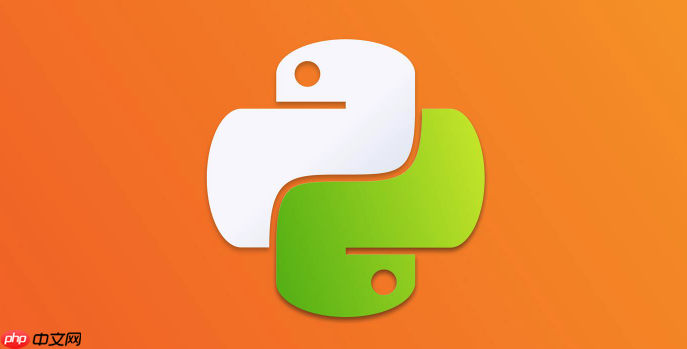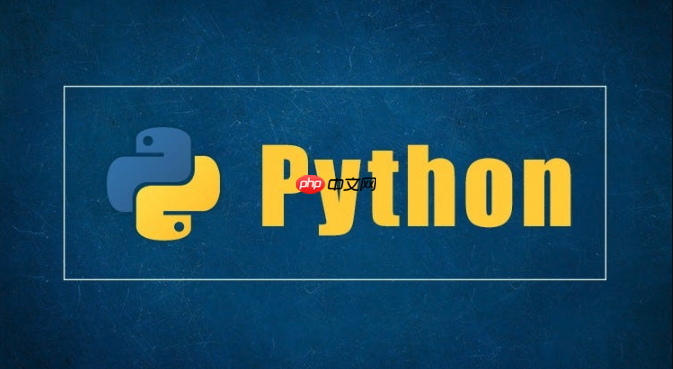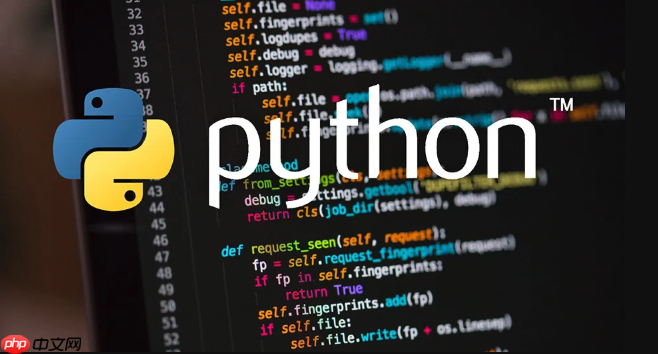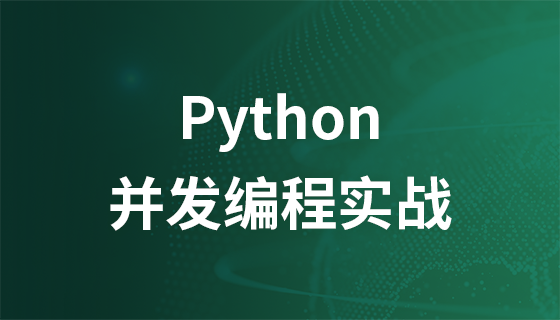python爬虫开发的核心在于高效抓取和精准解析。1. 安装requests和beautifulsoup4库,用于发送http请求和解析html内容;2. 使用requests获取网页内容,并检查状态码确保请求成功;3. 利用beautifulsoup解析html,提取所需数据如链接和段落文本;4. 对javascript渲染页面,使用selenium或pyppeteer模拟浏览器行为执行javascript代码;5. 应对反爬虫机制,设置请求头、使用代理ip、设置延迟及处理验证码;6. 高效爬取大量数据可采用多线程/多进程、异步io和分布式爬虫技术,依据需求和资源选择合适方法。

Python爬虫开发,核心在于高效抓取和精准解析。BeautifulSoup是解析HTML/XML的利器,两者结合能让你轻松获取网页数据。

解决方案
安装必要的库:
立即学习“Python免费学习笔记(深入)”;

pip install requests beautifulsoup4
requests负责发送HTTP请求,beautifulsoup4负责解析HTML内容。
发送HTTP请求,获取网页内容:

import requests
url = "https://www.example.com" # 替换成你要爬取的网址
response = requests.get(url)
if response.status_code == 200:
html_content = response.text
else:
print(f"请求失败,状态码:{response.status_code}")
html_content = None这里检查了状态码,确保请求成功。 如果失败,直接返回None,避免后续解析出错。
使用BeautifulSoup解析HTML:
from bs4 import BeautifulSoup
if html_content:
soup = BeautifulSoup(html_content, 'html.parser')
# 例如,提取所有链接
for link in soup.find_all('a'):
print(link.get('href'))
# 或者,提取所有段落文本
for paragraph in soup.find_all('p'):
print(paragraph.text)html.parser是Python内置的解析器,速度较快。 你也可以选择lxml,如果安装了的话,速度会更快,但需要额外安装。
数据清洗与存储:
爬取到的数据往往需要清洗,例如去除空格、特殊字符等。 之后,可以将数据存储到CSV文件、数据库等。
有些网站的内容是JavaScript动态生成的,直接用requests获取到的HTML可能不包含这些内容。 这时,可以考虑使用Selenium或Pyppeteer等工具,它们可以模拟浏览器行为,执行JavaScript代码,获取完整的页面内容。
from selenium import webdriver
from selenium.webdriver.chrome.options import Options
# 设置Chrome Headless模式
chrome_options = Options()
chrome_options.add_argument("--headless")
chrome_options.add_argument("--disable-gpu")
driver = webdriver.Chrome(options=chrome_options) # 确保安装了ChromeDriver
driver.get("https://www.example.com") # 替换成你要爬取的网址
html_content = driver.page_source
driver.quit()
soup = BeautifulSoup(html_content, 'html.parser')
# 后续解析步骤与前面相同Selenium启动浏览器比较耗资源,如果只需要获取动态内容,可以考虑Pyppeteer,它更轻量级。
网站可能会采取一些反爬虫措施,例如限制IP访问频率、验证码等。 应对这些机制,可以采取以下策略:
设置请求头: 模拟浏览器请求,设置User-Agent、Referer等。
headers = {
'User-Agent': 'Mozilla/5.0 (Windows NT 10.0; Win64; x64) AppleWebKit/537.36 (KHTML, like Gecko) Chrome/58.0.3029.110 Safari/537.3',
'Referer': 'https://www.google.com'
}
response = requests.get(url, headers=headers)使用代理IP: 通过代理IP隐藏真实IP地址。 可以购买代理IP服务,或者使用免费的代理IP(但稳定性较差)。
proxies = {
'http': 'http://10.10.1.10:3128',
'https': 'http://10.10.1.10:1080',
}
response = requests.get(url, proxies=proxies)设置延迟: 避免过于频繁地访问网站,设置一定的延迟时间。
import time time.sleep(2) # 延迟2秒
处理验证码: 可以使用OCR技术识别验证码,或者使用第三方验证码识别服务。
如果需要爬取大量数据,可以考虑使用以下方法:
多线程/多进程: 并发地发送请求,提高爬取速度。
import threading
import queue
def worker(q, url):
while True:
try:
url = q.get(timeout=5) # 从队列中获取URL
response = requests.get(url)
# 处理response
print(f"爬取 {url} 完成")
except queue.Empty:
break
url_list = ["https://www.example.com/page1", "https://www.example.com/page2", ...] # 你的URL列表
q = queue.Queue()
for url in url_list:
q.put(url)
threads = []
for i in range(10): # 创建10个线程
t = threading.Thread(target=worker, args=(q, url_list))
threads.append(t)
t.start()
for t in threads:
t.join()异步IO: 使用asyncio和aiohttp等库,实现异步IO,进一步提高爬取效率。
import asyncio
import aiohttp
async def fetch(session, url):
async with session.get(url) as response:
return await response.text()
async def main():
async with aiohttp.ClientSession() as session:
tasks = [fetch(session, url) for url in ["https://www.example.com/page1", "https://www.example.com/page2"]]
htmls = await asyncio.gather(*tasks)
# 处理htmls
if __name__ == "__main__":
asyncio.run(main())分布式爬虫: 将爬虫程序部署到多台机器上,协同工作,进一步提高爬取能力。 可以使用Redis等消息队列,协调各个爬虫节点。
选择哪种方法取决于你的具体需求和硬件资源。 多线程/多进程适合CPU密集型任务,异步IO适合IO密集型任务。 分布式爬虫适合大规模数据爬取。
以上就是如何使用Python开发爬虫?BeautifulSoup解析的详细内容,更多请关注php中文网其它相关文章!

每个人都需要一台速度更快、更稳定的 PC。随着时间的推移,垃圾文件、旧注册表数据和不必要的后台进程会占用资源并降低性能。幸运的是,许多工具可以让 Windows 保持平稳运行。




Copyright 2014-2025 https://www.php.cn/ All Rights Reserved | php.cn | 湘ICP备2023035733号